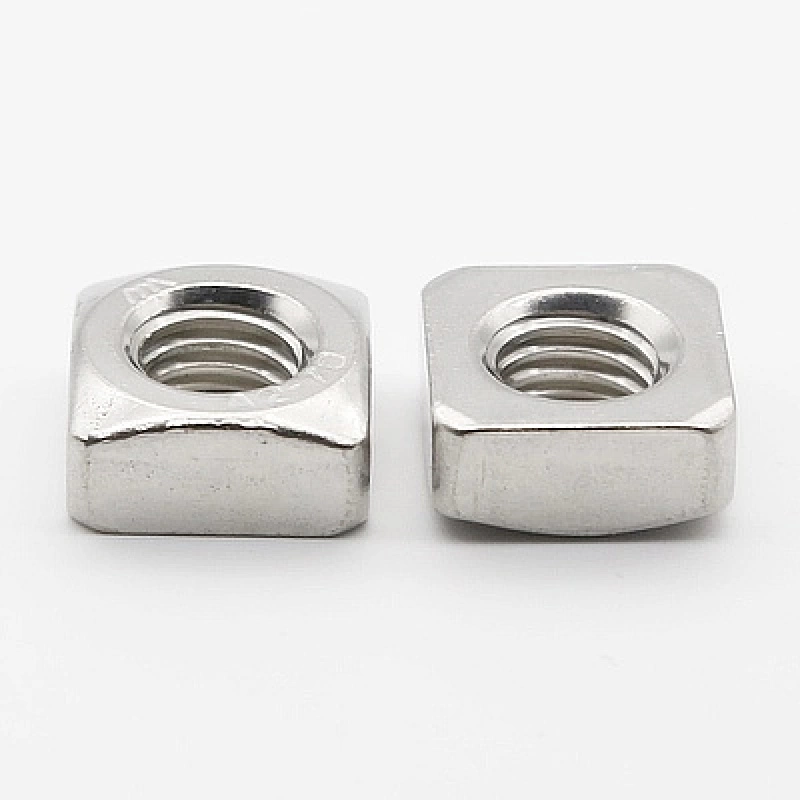

HDG Flat Washer Specifications and Applications for Reliable Fastening Solutions
Dec . 19, 2024 23:37 Back to list
HDG Flat Washer Specifications and Applications for Reliable Fastening Solutions
The Importance of HDG Flat Washers in Engineering and Construction
In the world of engineering and construction, the smallest components can often play a significant role in ensuring the integrity and durability of structures. One such unsung hero is the hot-dip galvanized (HDG) flat washer. While it may seem like a simple piece of hardware, the HDG flat washer is essential for load distribution, corrosion resistance, and overall assembly reliability.
What is a HDG Flat Washer?
A flat washer is a thin plate, usually made of metal, with a hole in the center, designed to be used with a bolt or screw. The primary purpose of a flat washer is to distribute the load of the fastener, minimizing the risk of damage to the surface being fastened and enhancing the grip of the bolt or screw. The hot-dip galvanization process involves coating the washer with a layer of zinc to protect it from rust and corrosion, which is particularly beneficial in outdoor or moisture-prone environments.
The Benefits of HDG Flat Washers
1. Corrosion Resistance One of the primary benefits of using HDG flat washers is their impressive resistance to corrosion. The hot-dip galvanization process creates a thick, durable zinc coating that protects the underlying steel from moisture and chemical exposure. This makes HDG flat washers an excellent choice for outdoor applications or in environments where they may be exposed to harsh conditions.
2. Load Distribution Flat washers help to distribute the load of a bolt or screw over a larger area, reducing the risk of surface damage. This characteristic is particularly important in applications involving soft or fragile materials. The use of HDG flat washers can prevent the fastener from digging into the surface and causing failure over time.
3. Increased Assembly Reliability HDG flat washers contribute to the overall reliability of a bolted connection. By providing a stable surface for the fastener, they help to maintain tension and prevent loosening due to vibration or thermal expansion. This is especially important in construction, where safety and structural integrity are paramount.
hdg flat washer

4. Versatility in Applications HDG flat washers are versatile components used in various applications, from automotive and aerospace to construction and machinery. Whether used in securing beams in a building or fastening components in machinery, their adaptability makes them an essential element in engineering design.
5. Cost-Effectiveness Despite their importance, HDG flat washers are relatively inexpensive compared to other components in a construction or manufacturing project. This cost-effectiveness makes them a preferred choice for many engineers and contractors looking to maintain quality while staying within budget.
Considerations When Using HDG Flat Washers
While HDG flat washers offer numerous benefits, certain considerations must be taken into account during their use. For instance, it is essential to select the correct size and thickness of the washer for specific applications. An improperly chosen washer can lead to insufficient load distribution or an inability to resist corrosion adequately.
Additionally, the environment in which the washers will be used should be considered. While hot-dip galvanization provides excellent protection, extreme conditions may necessitate the use of stainless steel washers or those with additional protective coatings.
Conclusion
The humble HDG flat washer may not attract much attention, but its contribution to the integrity and longevity of structures cannot be overstated. By providing corrosion resistance, enhancing load distribution, and ensuring assembly reliability, these components are vital in various industries. As engineering standards evolve and the demand for durable, reliable materials increases, the role of HDG flat washers will undoubtedly remain significant. Understanding their advantages and appropriate applications can help engineers and builders design better structures and machinery, ultimately leading to safer and more efficient outcomes.
Latest news
-
High-Strength Hot Dip Galvanized Bolts - Hebei Longze | Corrosion Resistance, Customization
NewsJul.30,2025
-
Hot Dip Galvanized Bolts-Hebei Longze|Corrosion Resistance&High Strength
NewsJul.30,2025
-
High-Strength Hot-Dip Galvanized Bolts-Hebei Longze|Corrosion Resistance&High Strength
NewsJul.30,2025
-
Hot Dip Galvanized Bolts-Hebei Longze|Corrosion Resistance&High Strength
NewsJul.30,2025
-
Hot Dip Galvanized Bolts - Hebei Longze | Corrosion Resistance, High Strength
NewsJul.30,2025
-
High-Strength Hot Dip Galvanized Bolts-Hebei Longze|Corrosion Resistance, Grade 8.8
NewsJul.30,2025

